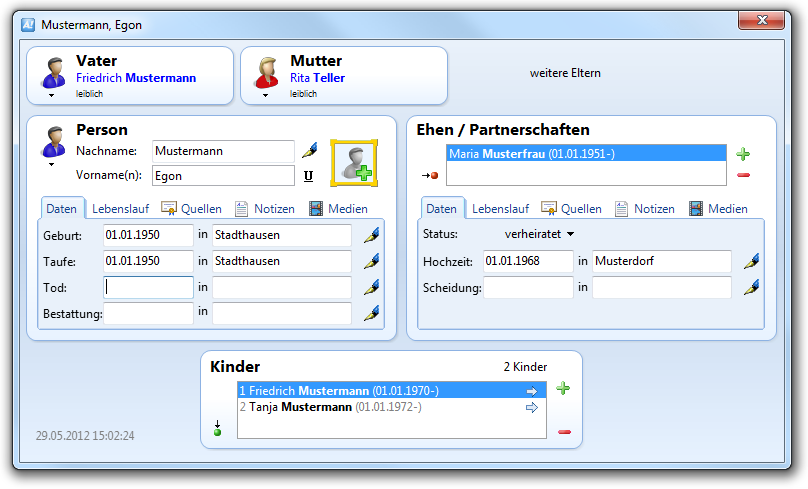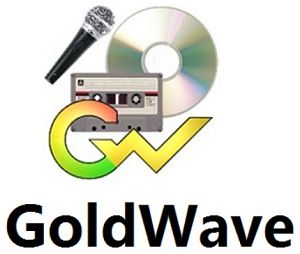

According to the site, “The purpose of the National Silent Key Archive is to collect and preserve photographs, life event narratives, and data artifacts of deceased Amateur Radio operators, and to make the Archive's digital library available to anyone wishing to view its contents online. Carroll points out that the National Silent Key Archive has been up and running for 2 years or so and functioned separately from Vanity HQ, which, he reiterated, he has no plans to resurrect. The National Silent Key Archive provides an opportunity to add Silent Keys (all submissions are reviewed prior to incorporation into the Archive) and for friends and family of radio amateurs who have passed on to create memorial pages that may include photographs and text. On the “Tools” menu, click on “Research Hams” to enter a name or a call sign.The Unique Call Lookup utility permits users to research the history of a given call sign.

“The only thing that was carried over from Vanity HQ would be the unique call lookup,” Carroll told ARRL. It also includes the ability to research a call sign's history, something that had been available on his Vanity HQ website. One of the most frequently used ten-codes, 10-4, has become popular enough to sometimes be used in every-day. In addition to law enforcement, ten-codes are frequently used on Citizens Band (CB) radio.

Mike Carroll, N4MC, who operated the “Vanity HQ” website for 14 years before taking it dark earlier this year, says the ™ of Amateur Radio Operators that he founded remains up and running. Despite their usefulness, the exact meaning of ten-codes often varies between jurisdictions and locations.


 0 kommentar(er)
0 kommentar(er)
